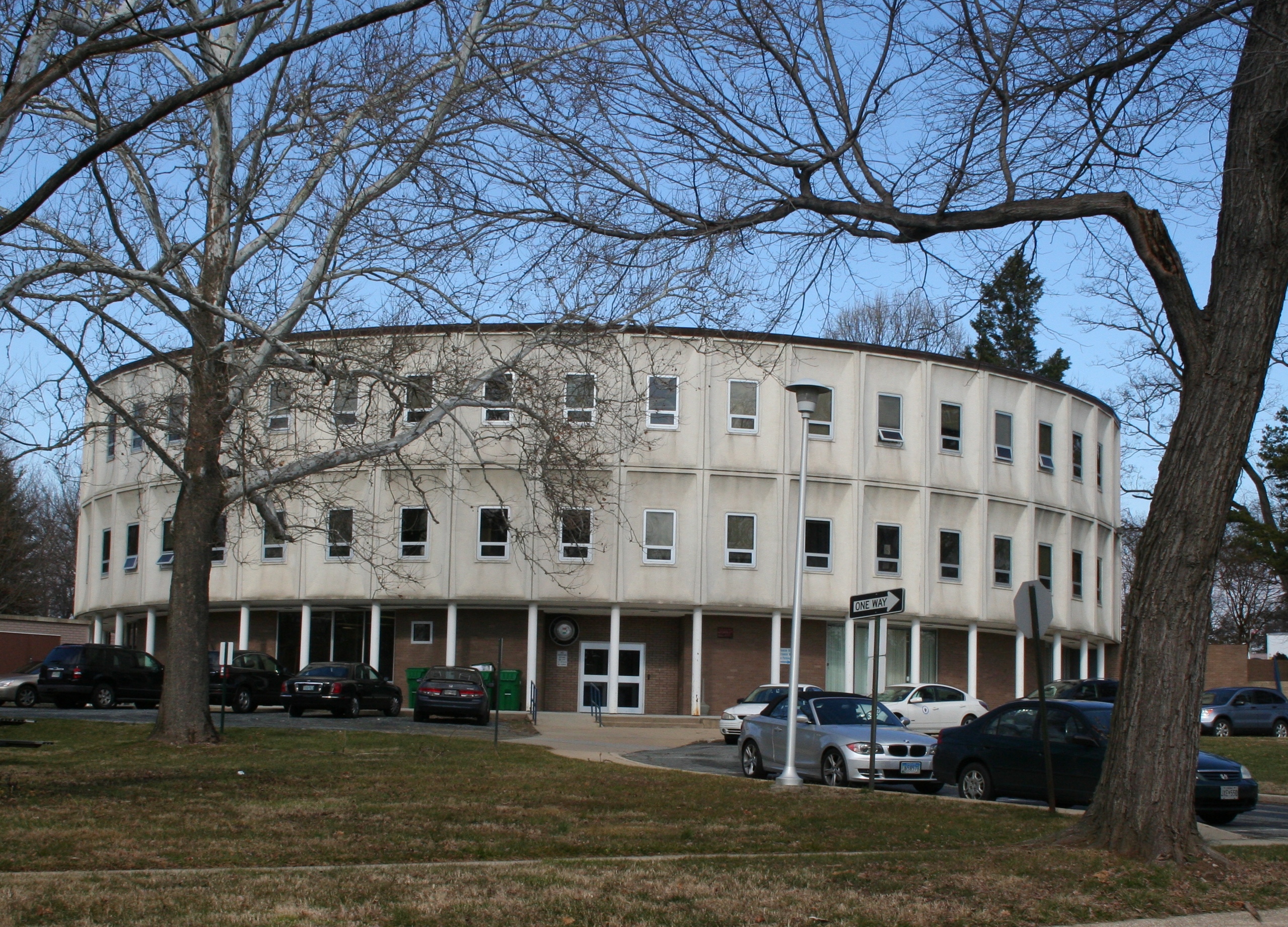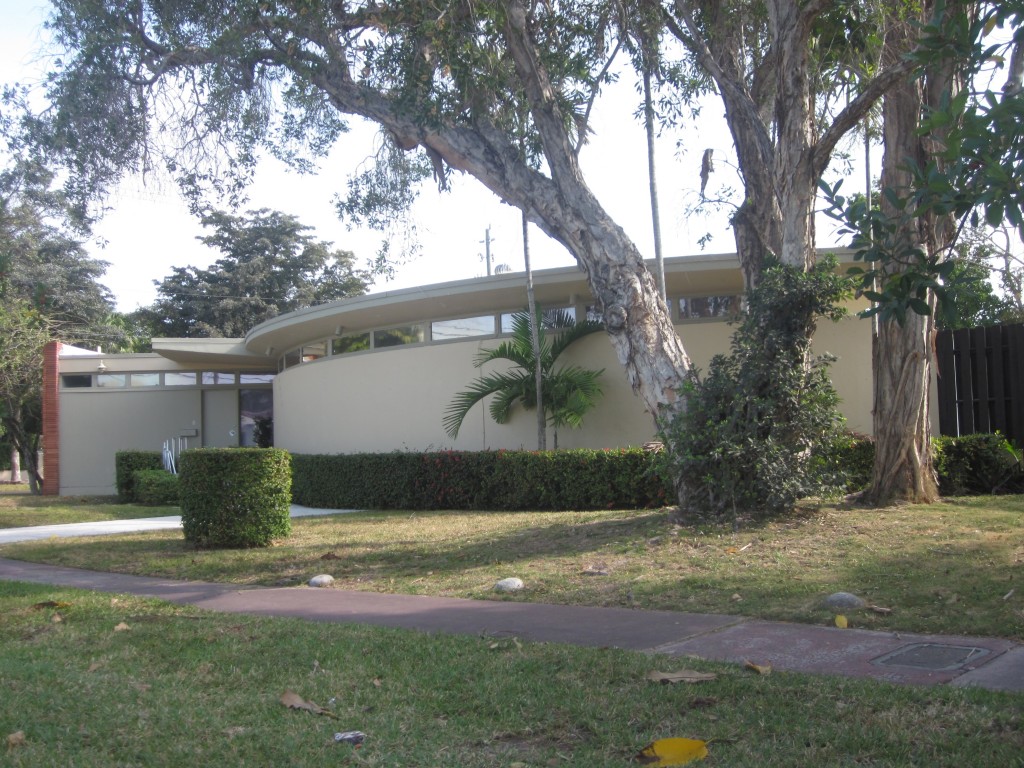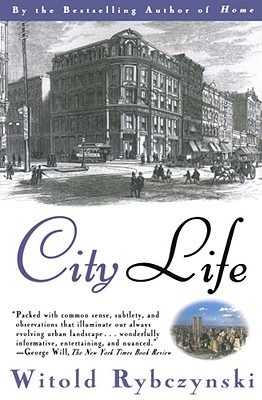
American Century types like to complain that this country doesn’t make anything anymore or if we do it’s artisanal cheese and not steel. But as this article points out, that cheese or other basement production is often where the big stuff starts. How can we forget Apple’s garage beginnings.
So if economies are shifting, at least in some small way, to local production and services, are our communities able to accomodate new jobs?
According to Mike Pyatok, interviewed in Better Cities and Towns, “Most planning regulations are based on the Euclidean model that separates cities into zones accommodating a single use, which true live-work is decidedly not.”
While Pyatok is pointing out that the rules of subsidized housing preclude small scale economic ventures, … Continue reading



